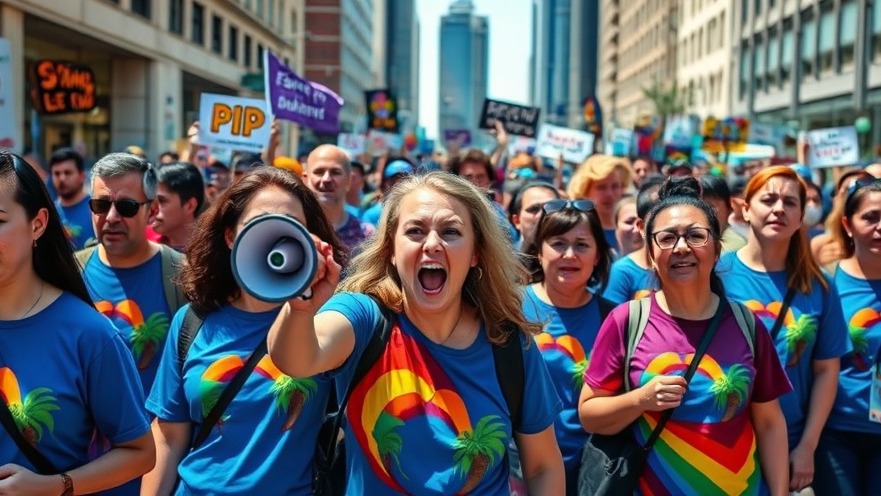
Federal Judge Sounds Alarm Over Anti-Violence Funding Cuts
A recent ruling from federal judge Amit P. Mehta has brought significant attention to the cuts proposed by the Trump administration on funding for anti-violence organizations. In his verdict, Judge Mehta deemed these cuts "shameful," stoking outrage among community advocates and non-profit organizations that depend heavily on funds aimed at curtailing issues such as gun violence and substance abuse.
Understanding the Impact of the Funding Cuts
The lawsuit was initiated by five non-profits that lost millions of dollars in grants from the Justice Department’s Office of Justice Programs (OJP). These organizations were notified that their funding had been rescinded due to a shift in the DOJ's funding priorities. The judge's ruling is more than just a legal decision; it highlights the broader ramifications of budget cuts on public safety and community welfare, particularly in vulnerable neighborhoods.
Changing Priorities in Government Spending
In the past, funding from the OJP was instrumental in various initiatives targeting crime and promoting safety in communities. However, the Trump administration has pivoted its focus toward enhancing law enforcement capabilities. This realignment proposes to concentrate funds on "certain law enforcement operations" and eliminate support for community organizations that prevent violence and foster community resilience.
Legal Ramifications and Community Reactions
The judge acknowledged the cuts’ potential to inflict harm on communities already enmeshed in issues of violence and crime. Citizens and advocacy groups are worried about the possible rise in crime rates if preventative funding is stripped away. This turmoil leads to a crucial question: How can marginalized communities maintain safety and stability without federal support?
What’s Next? Advocacy and Policy Responses
As the ruling stands, there is significant discourse among activists regarding how to ensure community needs are met amidst federal funding shortages. Many organizations are calling for increased local government engagement and alternative funding pathways, such as private donations or grants from foundations. The key takeaway from Judge Mehta's ruling and community reactions is the urgent need for a holistic approach to public safety that combines law enforcement with robust community support systems.
The Significance of Decreased Anti-Violence Funding
Congressional prioritization of law enforcement over community programs could lead to a critical gap in addressing the root causes of violence. Advocates argue that public health approaches, such as anti-violence programs, play an integral role in tackling issues like drug abuse and mental health crises which often escalate to violence. With cuts in funding, these programs may struggle to provide necessary services, leading to dire social consequences.
Next Steps for Policymakers and Community Leaders
In light of the ruling, policymakers are urged to reconsider their approach to funding public safety initiatives. A collaborative strategy that brings government, law enforcement, and community organizations together could effectively address the cycle of violence that plagues many cities. Engaging with affected communities to ensure their voices are heard in discussions about public safety funding will be essential.
Looking Forward: A Call for Comprehensive Policy Changes
As Donald Trump edges towards the potential for reelection, the debate surrounding his administration’s funding decisions has implications not only for immediate community welfare but also for the broader discussions about crime and public safety in America. At the intersection of community needs and federal funding policies, advocacy groups are keenly aware that the actions taken now will ripple into the future for many cities across the United States.
In conclusion, while the ruling may not reverse the cuts, it serves as a critical reminder of the societal responsibilities tied to funding allocations. The active engagement of community leaders, citizens, and policymakers may emerge as a constructive avenue to tackle the pressing issues of violence and public safety.
 Add Element
Add Element  Add Row
Add Row 



Write A Comment